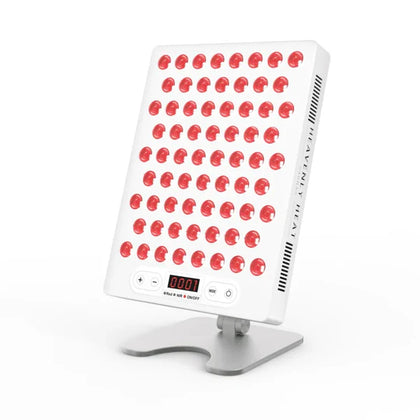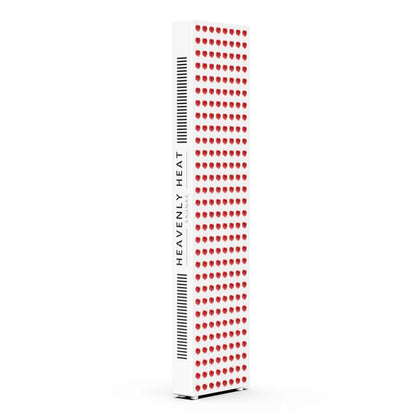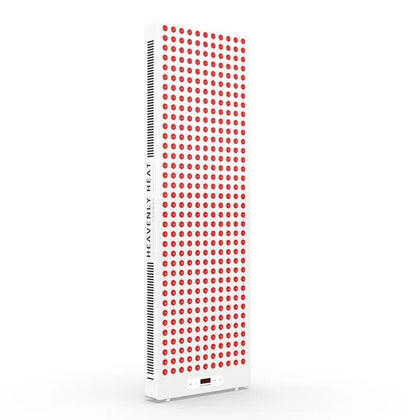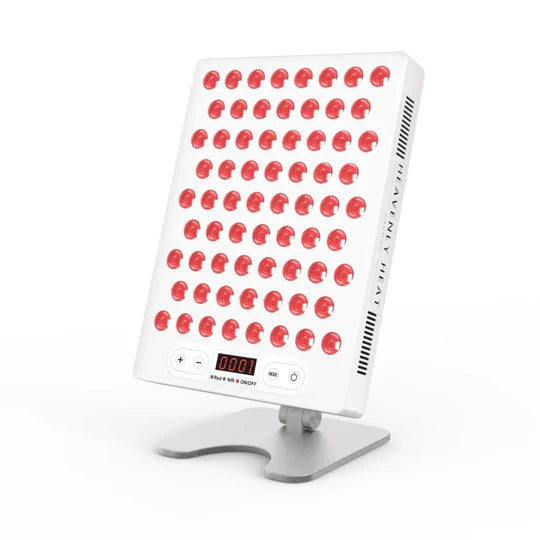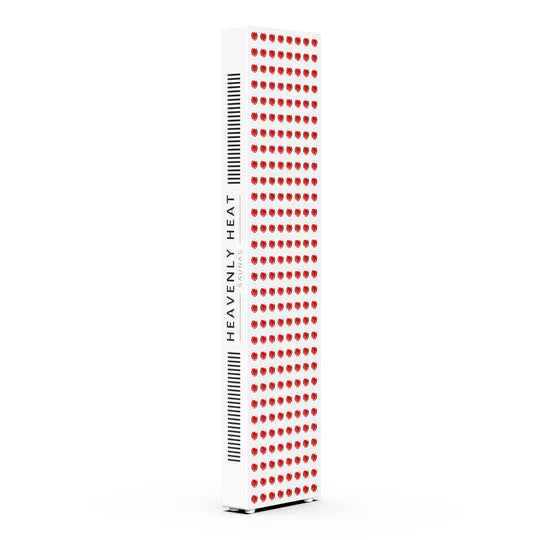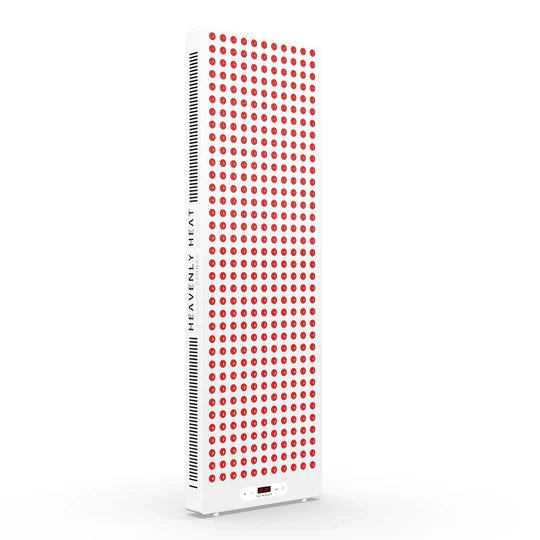Is Red Light Therapy Safe For Eyes?

Red light therapy helps heal wounds, boosts circulation, and improves skin health.. But is it really safe for your eyes?
Many worry about potential long-term effects, and that concern can be stressful. The good news is, with the right precautions, you can enjoy these benefits while keeping your eyes safe. Here’s what you need to know.
Is Red Light Therapy Safe for Your Eyes? Discover What Studies Reveal
Red light therapy is not only safe for you but also offers several benefits for your eyes.
Here are some studies that show how it can help with conditions like glaucoma, retinitis pigmentosa, improve color contrast vision, and reduce eye wrinkles.
Red Light Therapy Can Help Those with Glaucoma
- Millions Are Affected by Glaucoma Worldwide: Around 80 million people globally have glaucoma, with over 3 million in the U.S. alone. Surprisingly, about half of them are unaware of their condition.
- Glaucoma Can Lead to Vision Loss if Left Untreated: Glaucoma damages the optic nerve, often due to high pressure in the eye, and can cause vision loss over time if not managed properly.
- Red Light Therapy Offers a Natural Alternative: Red light therapy energizes retinal cells, improving their function and providing a natural alternative to traditional glaucoma treatments, such as medications or surgery.
- Research Supports the Effectiveness of Red Light Therapy: Studies, like one published in Bioengineering , show that red light therapy is effective for reducing retinal swelling and improving cell function.
- Reducing Blue Light Exposure Helps Protect Vision: Excessive blue light can harm the eyes, but adding red light therapy to your routine can help slow the progression of glaucoma and protect your eyesight for the long term.
Research Reveals Red Light Therapy Aids Retinitis Pigmentosa Recovery
- Retinitis Pigmentosa Leads to Progressive Vision Loss: Retinitis pigmentosa (RP) is a genetic condition that impacts around 2 million people globally, leading to progressive vision loss. It affects the retina, causing difficulty seeing at night and losing peripheral vision, which can eventually result in severe vision impairment.
- Red Light Therapy Offers Hope for RP Treatment: One exciting treatment for RP is red light therapy. This therapy helps to energize retinal cells and prevent further damage, offering hope for improved vision. Ongoing trials for other retinal conditions, like age-related macular degeneration (AMD), are also showing promising results with red light therapy.
- 670 nm Light Therapy Shows Positive Effects on Retinal Health: In a recent study published in the Journal of Investigative Ophthalmology & Visual Science , researchers tested 670 nm near-infrared light therapy on P23H rats, genetically altered to mimic RP. The results were encouraging, showing that the therapy improved retinal function by enhancing mitochondrial health.
- Boosting Mitochondrial Activity Improves Retinal Cell Health: Red light therapy helps boost mitochondrial activity within retinal cells. Mitochondria are responsible for producing energy, and with more energy, retinal cells can function better and stay healthier, which is crucial for maintaining vision.
- Red Light Therapy Significantly Reduces Photoreceptor Cell Death: The therapy helped reduce the death of photoreceptor cells, key cells for vision, by nearly 50%. This reduction is significant because protecting these cells is critical in slowing down or preventing further vision loss in RP patients.
- Future Outlook: Red Light Therapy as a Breakthrough Treatment: The promising results from this study suggest that red light therapy could become a breakthrough treatment for RP and other retinal diseases. As more research and clinical trials continue, this therapy could offer a new way to manage retinal health and improve the quality of life for those affected.

Red light therapy improve color contrast vision
- Color Contrast Makes Things Easier to See: Color contrast is the difference between two colors, making it easier to see designs, text, or images clearly. When there’s good contrast, everything stands out better and is easier to understand.
- Poor Color Contrast Causes Eye Strain: Without enough color contrast, colors can blend together, making it hard to see details and causing eye strain. This makes it harder to read or distinguish between things.
- Red Light Therapy Improves Color Contrast Vision: A 2021 study showed that deep red light therapy can help improve color contrast vision. After just three minutes of exposure, participants saw an average of 17% improvement in how well they could distinguish colors.
- Morning Exposure Maximizes Red Light Therapy’s Effectiveness: The study found that red light therapy was most effective when applied in the morning, likely due to natural shifts in the body’s function during the day.
- Red Light Therapy Provides Lasting Benefits: The positive effects of red light therapy lasted for at least a week after just one session, showing that it can have lasting benefits for color contrast vision.
- Red Light Therapy Supports Eye Health: The study suggests that red light therapy can be an effective way to improve color contrast vision and could play a helpful role in overall eye health, especially when used in the morning.
Research Shows Red Light Therapy Effectively Reduces Eye Wrinkles
- Red Light Therapy Helps Reduce Eye Wrinkles: Red light therapy (660 nm), known for boosting collagen production, strengthens skin structure and improves elasticity, which can reduce the appearance of wrinkles.
- Study Proves Red Light Therapy Works for Eye Wrinkles: A 2017 study by Chan Hee Nam tested red light therapy on 52 women over 12 weeks, and the results showed a visible improvement in wrinkles around their eyes.
- Participants Prefer Red Light Therapy Over Other Treatments: The study found that participants using red light therapy had better results and were more satisfied compared to those using white LED treatments.
Precautions to Take When Using Red Light Therapy to Protect Your Eyes
Red light therapy is generally safe, but you should be cautious regarding eye exposure and follow precautions to protect your eyes, says Dr. Anil Rajani. Unlike UV/blue light, therapeutic red light is low-heat and non-damaging, which makes it safer for your eyes. To ensure proper safety standards, only use FDA-cleared or CE-marked devices. Here are the precautions you should follow when using red light therapy to protect your eyes.
- Use Eye protection: When using red light therapy, make sure to pop on some goggles to keep your eyes safe from the bright lights.
- Follow manufacturer’s instructions: Always follow the manufacturer’s instructions when using red light therapy. This keeps you safe and ensures you get the best results.
- Keep a Safe Distance from Your Eyes: It’s important to keep a safe distance from your eyes during red light therapy. You should maintain about 6 inches and adjust the distance based on your skin’s response.
- Consult your doctor: If you’ve had eye surgery, take medications that increase sensitivity, or have a history of skin cancer or eye conditions, it’s important to consult your doctor before using red light therapy. Certain conditions, like diabetes, and medications such as lithium, melatonin, or some antibiotics, can also make red light therapy unsafe without medical guidance. This way, you can be sure it’s safe for your eyes.
Start with Short Sessions: If you’re new to red light therapy, beginners should start with short 3-5 minute sessions to test tolerance before gradually increasing the duration.
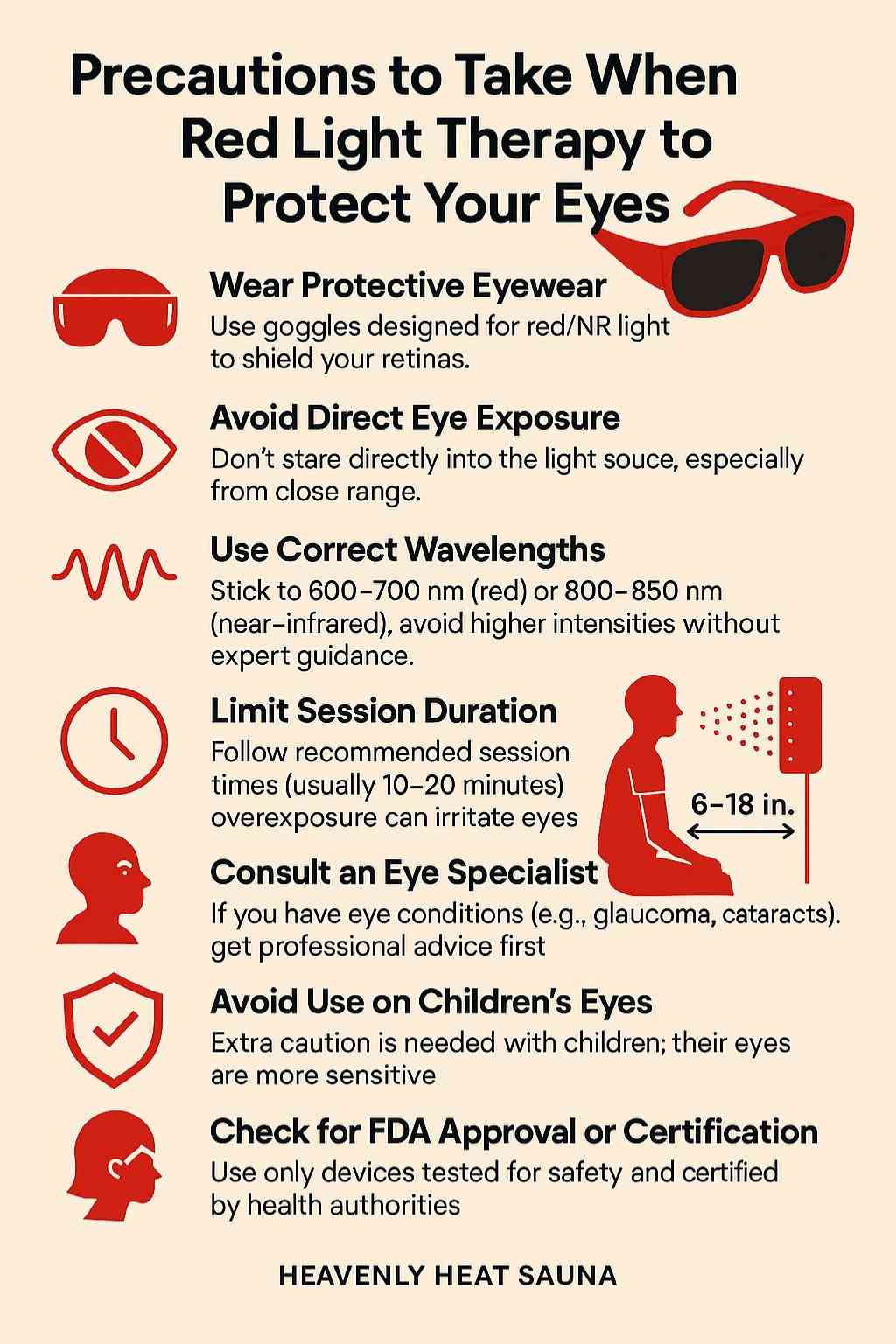
Is red light therapy safe for people who wear contact lenses?
If you wear contact lenses, it’s a good idea to remove them before undergoing red light therapy.
This is because the lenses can potentially interfere with how the light interacts with your eyes, which may reduce the effectiveness of the treatment or cause discomfort.
Of course, everyone’s eyes are different, and it’s always smart to consult your doctor to get personalized advice that fits your specific needs

Can I just close my eyes when using red light therapy?
it’s a good idea to close your eyes for protection. You might also want to wear specialized eye protection for added safety.
If you’re unsure, consult your doctor for personalized advice to ensure you can enjoy the benefits without risking your eye health.
Key Takeaways
- Red light therapy is generally safe for your eyes and can provide benefits for conditions like glaucoma and retinitis pigmentosa.
- Research indicates that red light therapy can improve color contrast vision by up to 20% with lasting effects from just one session.
- Regular use of red light therapy has been shown to reduce eye wrinkles, enhancing your appearance over time.
- Always use protective goggles during red light therapy to safeguard your eyes from bright light exposure.
- Consult your doctor if you have eye conditions or a history of eye surgery before starting red light therapy to ensure it’s safe for you.
FAQs
Can red light therapy affect your circadian rhythm or sleep cycle if used near the eyes at night?
Red light therapy can help regulate the circadian rhythm by supporting melatonin production without disrupting it, unlike blue light. Using red light near the eyes before bed can improve sleep quality and support the pineal gland in releasing melatonin at the right time. This is useful for resetting a disrupted sleep cycle or adjusting to a new time zone.
Is red light therapy safe for children’s eyes or developing vision?
Red light therapy for children under 5 raises safety concerns, particularly for eye development. While safe for adults, there's limited research on its safety for young children, especially regarding the retina. Experts recommend controlling light intensity, limiting exposure, and consulting a pediatrician before use.
Can people with light sensitivity (photophobia) safely undergo red light therapy near the eyes?
Red light therapy can benefit many, but those with light sensitivity (photophobia) should proceed with caution. Start with low-intensity treatments and gradually increase exposure. While it may help with light-triggered migraines, improper use could worsen sensitivity. It may be a safer alternative to bright light. Consult a professional before starting.
How does red light therapy near the eyes interact with medications that increase photosensitivity?
Medications like certain antibiotics, acne treatments (e.g., Accutane), and some antidepressants can increase photosensitivity, making skin and eyes more sensitive to light. Red light therapy may worsen this sensitivity, causing irritation. Consult a healthcare professional before starting red light therapy and wait 24–48 hours after taking photosensitizing medication. Adjust session intensity and duration as needed, and stop if unusual symptoms occur.






